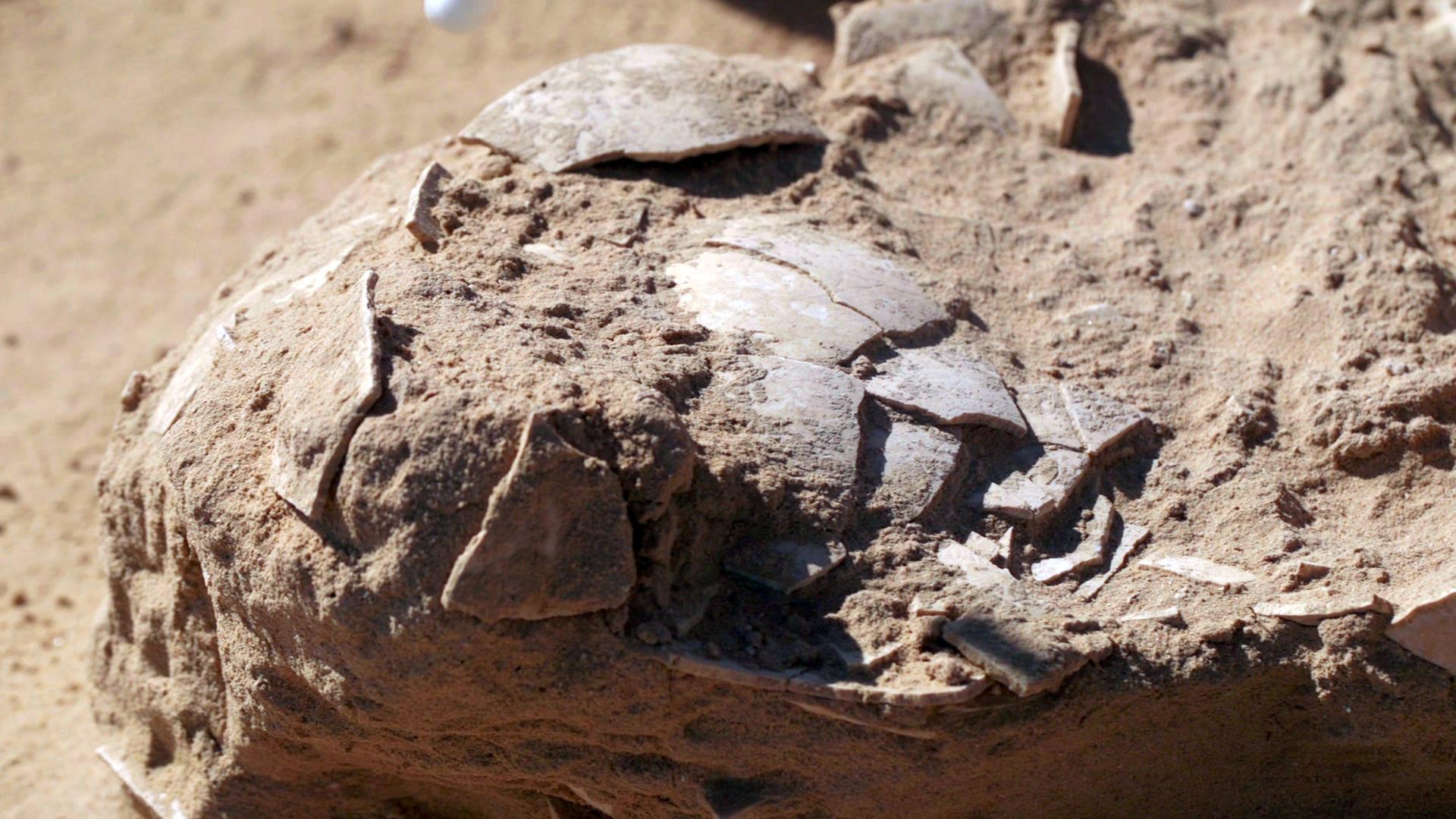Tiny 12,000-year-old bird bone flutes found in Israel
- Published

The flutes produced sounds like the call of birds of prey
Tiny bones from prehistoric birds found at a birdwatching site in northern Israel have been identified as 12,000-year-old flutes, researchers say.
Seven wing bones from coots and teals were found to have holes bored into them, which mimicked the sound of birds of prey when tested on replicas.
It is thought this could have been used to scare waterfowl, making them easier to catch as flocks took flight.
Another theory is that the flutes could have also been played for music.
"If the flutes were used for hunting, then this is the earliest evidence of the use of sound in hunting," said Dr Hamoudi Khalaily of the Israel Antiquities Authority (IAA).
The specimens were found at Eynan/Ain Mallaha site in the Huleh Valley, wetlands used by millions of birds traveling between Europe, Asia, and Africa during their annual migrations.
Eynan/Ain Mallaha is a settlement site from the Natufian period of hunter-gatherer communities in the Levant region.
According to the findings published in the Nature Science Report journal, one of the theories suggests hunters positioned near the waterfowl used the flutes to imitate the call of birds of prey, especially the Eurasian Sparrowhawk and the Common Kestrel.
When the predators appeared, the waterborne birds would have taken off in different directions, giving the hunters and better chance of catching them.
"One of the flutes was discovered complete," Dr Laurent Davin of the Hebrew University of Jerusalem, and Dr Khalaily said in a joint statement. "So far as is known it is the only one in the world in this state of preservation."
Related topics
- Published12 January 2023
